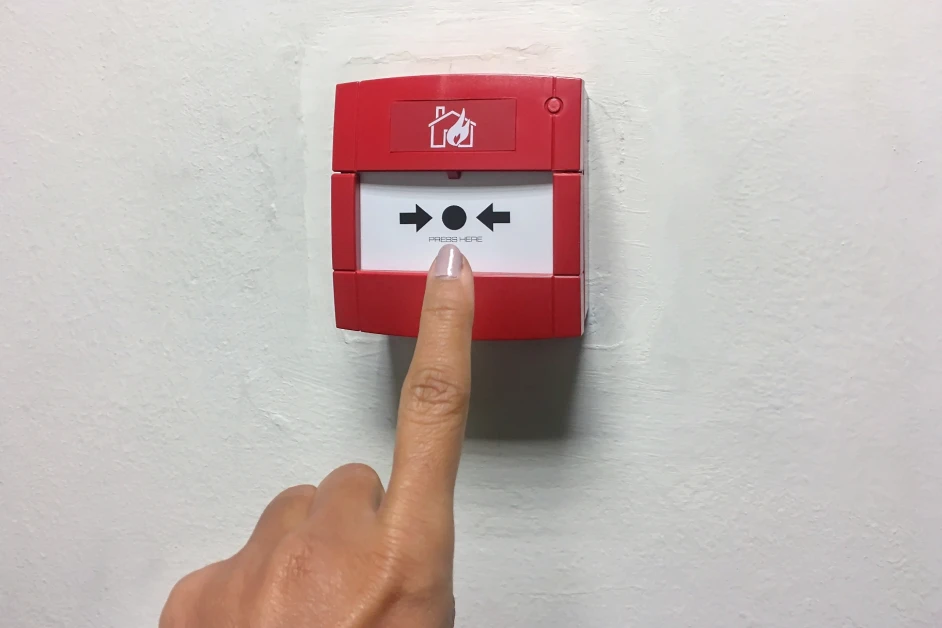
Need assistance?
Need Assistance? Call Us 0330 058 0631





















 Book a service
Book a service

13/02/2024 • by

A false fire alarm occurs from a cause or causes other than a fire which has resulted in a fire detection and alarm system responding.
The most common causes of false fires include the below:
To prevent your alarm from being raised from cooking fumes it is recommended to use a heat detector instead of a smoke detector. You can also only allow designated locations for cooking and ensure you are using the correct extractor fans. The closing of doors between designated cooking areas and detector heads can also prevent false alarms.
To avoid your alarm from being raised from steam, ensure the room with the shower in is adequately ventilated and the door to the outer room is closed. If it is a shared shower, a sign is ideal to help guests and staff remember to keep the door closed.
Smoking should be limited to designated locations with appropriate detectors in place that are designed to be suitable for the risk whilst not being susceptible to actuation caused by cigarette smoke. It is recommended to smoke outside away from smoke detectors with smoke bins and signage.
Deodorant and hairspray should be prevented in the vicinity of fire alarm detector heads if it cannot be avoided, an alternative product should be considered.
Hot work / dusty work
For these activities, it is recommended to fit temporary covers on detectors whilst these activities are being carried out. This must only be done by approved staff and removed immediately after the activity has ended. Whilst using the covers, staff in the area will need to be briefed to activate a break glass call point if they see a fire.
If you change the layout or use of the building, make sure to adjust your fire detection system if appropriate as the fire risk could change position.
Detectors can develop faults that result in repeated false alarms. This is why it is important to test your alarm once a month, vacuum every 6 months and replace the batteries every year if they are lead or alkaline. The alarm will also need to be replaced every 10 years or earlier if specified by the manufacturer.
If you position your alarm too close to areas where environmental conditions could result in activating the alarm, you may need to consider moving the detector by a competent person. This is the case for example when a smoke detector is fitted in a car garage when a heat detector would have been more suited.
All fire protection products should be fit for their purposes and properly installed and maintained in accordance with the manufacturer’s instructions or a relevant standard.
Although these are the most common causes of a false fire, they are not the only reason. For more information about fire alarms and to purchase an alarm today, call us on 0800 316 1469, visit our website: https://www.fireprotectionshop.co.uk/ or email us at [email protected].
We use cookies to enhance your site experience. Choose your preferences below.
